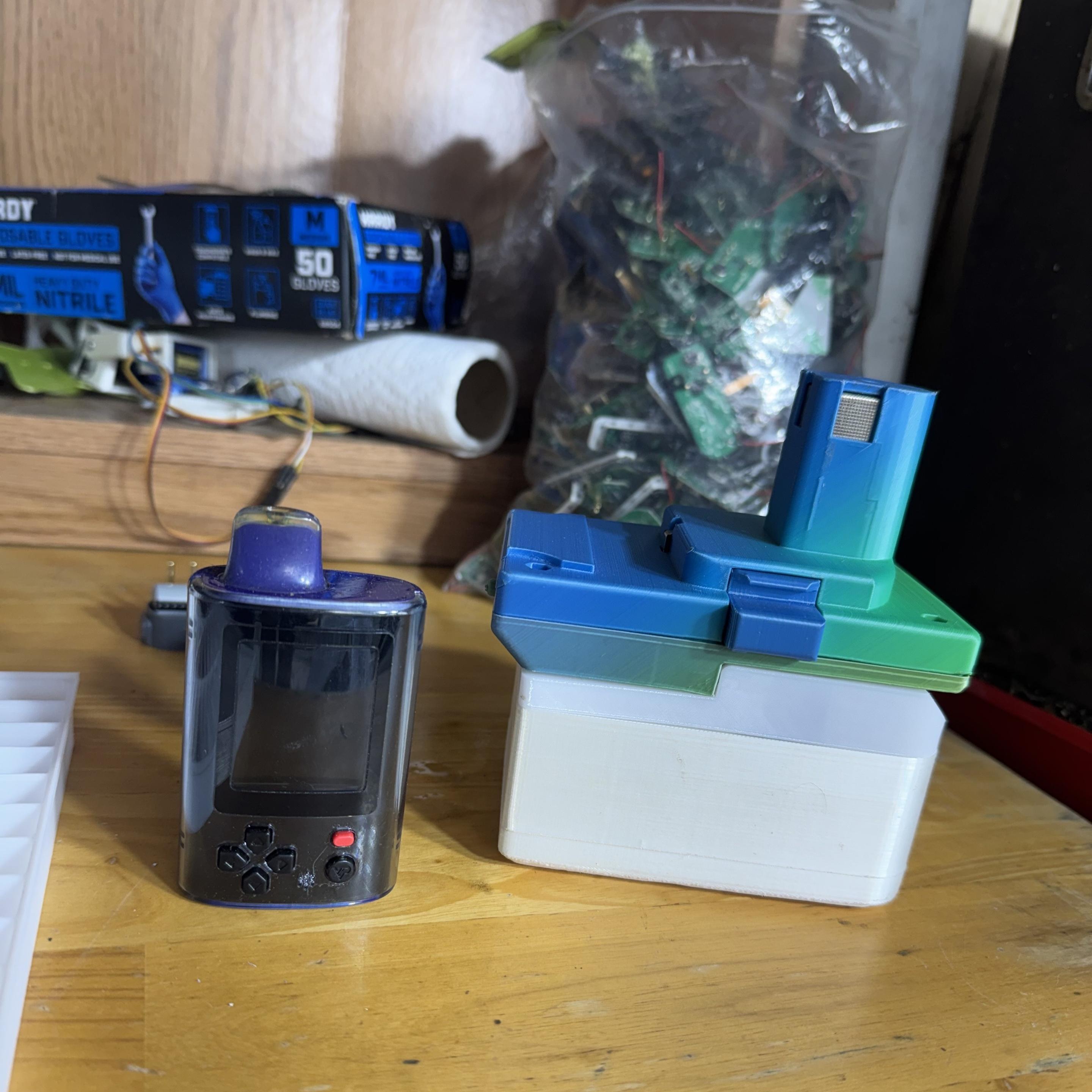Are your strings of lights not working? Check out our step-by-step guide to get them up and running so they don’t end up in a landfill.
https://www.ifixit.com/Guide/Fixing+Broken+Christmas+Lights/34208
—
#iFixit #RightoRepair #FixTheWorld




Are your strings of lights not working? Check out our step-by-step guide to get them up and running so they don’t end up in a landfill.
https://www.ifixit.com/Guide/Fixing+Broken+Christmas+Lights/34208
—
#iFixit #RightoRepair #FixTheWorld




Are your strings of lights not working? Check out our step-by-step guide to get them up and running so they don’t end up in a landfill.
https://www.ifixit.com/Guide/Fixing+Broken+Christmas+Lights/34208
—
#iFixit #RightoRepair #FixTheWorld




Fairbuds XL Gen 2 Are the Most Repairable Headphones We’ve Ever Opened
https://www.youtube.com/watch?v=KH9VWy3b1S0
—
#iFixit #RightoRepair #FixTheWorld
e535 with Michael M and Andy - #AdversarialPoetry to jailbreak #LLMs, #iFixit’s #FixBot, power of #DigitalTwins, putting the breaks on #Rewind, #RatsPlayDoom, #Nintendo #VirtualBoy and a whole lot more.
e535 with Michael M and Andy - #AdversarialPoetry to jailbreak #LLMs, #iFixit’s #FixBot, power of #DigitalTwins, putting the breaks on #Rewind, #RatsPlayDoom, #Nintendo #VirtualBoy and a whole lot more.
Fairbuds XL Gen 2 Are the Most Repairable Headphones We’ve Ever Opened
https://www.youtube.com/watch?v=KH9VWy3b1S0
—
#iFixit #RightoRepair #FixTheWorld
The Pixel Buds 2a teardown gave us whiplash. The buds are glued shut like a tiny escape room, but the charging case is one of the most repairable we have ever seen.
It's a tale of two products. One half looks like the team ran out of time and reached for the glue. The other feels like someone proudly whispered “what if we made it actually repairable” and then did exactly that. Read the full analysis at the link below.
https://www.ifixit.com/News/114381/pixel-buds-2a-teardown-great-case-now-do-the-buds
—
#iFixit #RightoRepair #FixTheWorld



The Pixel Buds 2a teardown gave us whiplash. The buds are glued shut like a tiny escape room, but the charging case is one of the most repairable we have ever seen.
It's a tale of two products. One half looks like the team ran out of time and reached for the glue. The other feels like someone proudly whispered “what if we made it actually repairable” and then did exactly that. Read the full analysis at the link below.
https://www.ifixit.com/News/114381/pixel-buds-2a-teardown-great-case-now-do-the-buds
—
#iFixit #RightoRepair #FixTheWorld



Some soldering stations stay on your desk. This one goes wherever you do. The FixHub Soldering Toolkit is portable workshop you need. It fits in your bag and lets you solder anywhere. Whether you've crashed your drone in a field, are working on a backyard project, or a late-night keyboard fix, you’re covered. Get yours now at the link below!
https://www.ifixit.com/fixhub
—
#iFixit #RightoRepair #FixTheWorld



Some soldering stations stay on your desk. This one goes wherever you do. The FixHub Soldering Toolkit is portable workshop you need. It fits in your bag and lets you solder anywhere. Whether you've crashed your drone in a field, are working on a backyard project, or a late-night keyboard fix, you’re covered. Get yours now at the link below!
https://www.ifixit.com/fixhub
—
#iFixit #RightoRepair #FixTheWorld



What’s inside a disposable vape? A surprisingly good lithium battery… and a whole lot of wasted potential.
2ndChanceMND decided that was nonsense. They’re cracking open vapes, harvesting their power cells, and turning them into battery packs powering anything from cordless power tools to e-bikes. Learn more about them at the link below.
https://2ndchancemnd.com/
—
#iFixit #RightoRepair #FixTheWorld


